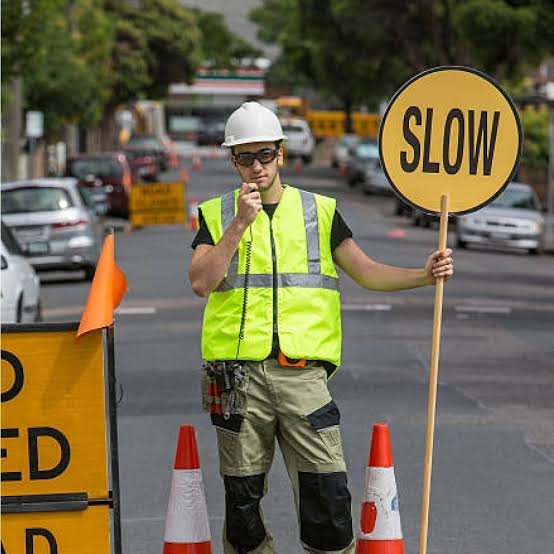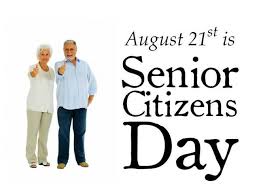National Traffic Directors Day – November 2, 2022, history, significance,
Traffic Directors Day is celebrated every year on November 2 — unless the day falls on a weekend, in which case the day is celebrated on the following Monday. This year, it falls on November 2. The day is an opportunity to honor and celebrate the work behind the scenes of broadcasting carried out by traffic directors
who make sure that all the programming is well organized and flows smoothly. Traffic direction and management involve handling the programming of a broadcasting station, particularly scheduling the advertisements of the channel. Traffic Directors Day is also known as National Broadcast Traffic Professionals’ Day
.
HISTORY OF TRAFFIC DIRECTORS DAY

Traffic Directors Day is a national celebration of traffic directors in broadcasting that is celebrated on November 2 every year. However, when the date falls on a weekend, the day is celebrated on the following Monday instead, so that the traffic directors can receive the adulation they deserve.
Traffic Directors Day is also known as National Broadcast Traffic Professionals’ Day, and the celebrations are supported annually by the Traffic Directors Guild of America. The day itself is set aside to honor traffic management and direction in broadcasting, which is part of the behind-the-scenes work of programming and scheduling advertisements and programs for broadcasting agencies and channels.
The job of the traffic director is especially important when it comes to advertisements. The traffic director is responsible for being aware of the air time set aside for commercial purposes, and managing the commercial programming or the advertisements along with regular programming depending on the number of listeners at any given time.
The work requires a careful balancing act — as it is important to give the advertisements the time they need without driving off the listeners. The traffic director is also responsible for determining the correct rates for the available airtime and selling them to the advertisers at competitive rates that help support the broadcasting company.
Apart from the advertisements, traffic directors do rely on technology to automate their work, especially when coordinating between departments. The ‘traffic’ in broadcasting refers to the entire programming schedule which includes daily programs, advertisements, and public service announcements, which are all managed by using broadcast management software.
TRAFFIC DIRECTORS DAY TIMELINE
1800s
People Experiment with Wireless Transmission
Broadcasting in America begins with people who experiment with wireless transmission, with some success.
1906
The First Broadcast Programme Begins
Reginald Aubrey Fessenden develops a broadcasting program that is heard by United Fruit Company ships at sea.
1920
The First Commercial Broadcast
The first commercial broadcast is on November 2, 1920 — this day is later celebrated to honor all traffic directors in the country.
1922
Toll Broadcasting is Developed
As a precursor to the sale of advertising airtime, ‘toll’ broadcasting is developed, where people can purchase airtime to broadcast any message of their choice.
1946
Television Broadcasts are Introduced
Regular television broadcasts are introduced with the help of A.B.C., N.B.C., and C.B.S.
TRAFFIC DIRECTORS DAY ACTIVITIES
Appreciate your local traffic directors
Call your local broadcasting office and ask for their traffic directors. Share your appreciation for their hard work behind the scenes on this day.
Share information on social media
Get online and share information about all the cool work that traffic directors do. This way, more people will be able to appreciate their local broadcasting professionals.
Organize a networking meet
Organize a meet-up with your local agencies. Bring broadcasting professionals together so they can discuss their unique profession and exchange tips and opportunities.
5 FACTS ABOUT BROADCASTING THAT WILL SURPRISE YOU
Broadcasting is more popular than ever
Despite the general doom and gloom around developing technologies, almost 92% of adults listen to some kind of broadcasting every day.
Most public broadcasting is by educational institutions
Educational institutions control the majority of public broadcasts, which makes the traffic director’s job particularly tricky.
There are community broadcasters
Community broadcasters work independently, and most of the people who work in these companies are volunteers.
Airtime for sale
It is not uncommon to have commercials played continuously for 18 to 20 minutes in a single hour.
There are many different roles
Behind the scenes of broadcasting, there are over thirty different roles performed by various people to keep the broadcast flowing.
WHY WE LOVE TRAFFIC DIRECTORS DAY
We love learning about different jobs
We love learning about all the different kinds of jobs and skills required to make things we may take for granted work. We think that traffic directors have a unique and important profession.
We want to appreciate the people
We think that people behind the scenes deserve to be appreciated publicly. We want to show that we love the essential work they do and are grateful for them.
We want to share information
We want more people to know about traffic directors and their work. We also want to open up possibilities for young people about different careers they could look into.
Sandeep Raiza — Content Writer, Website Designer, SEO Strategist, and WordPress Expert AI specialist delivering impactful digital solutions that drive business growth.Combining creative storytelling with technical expertise.




